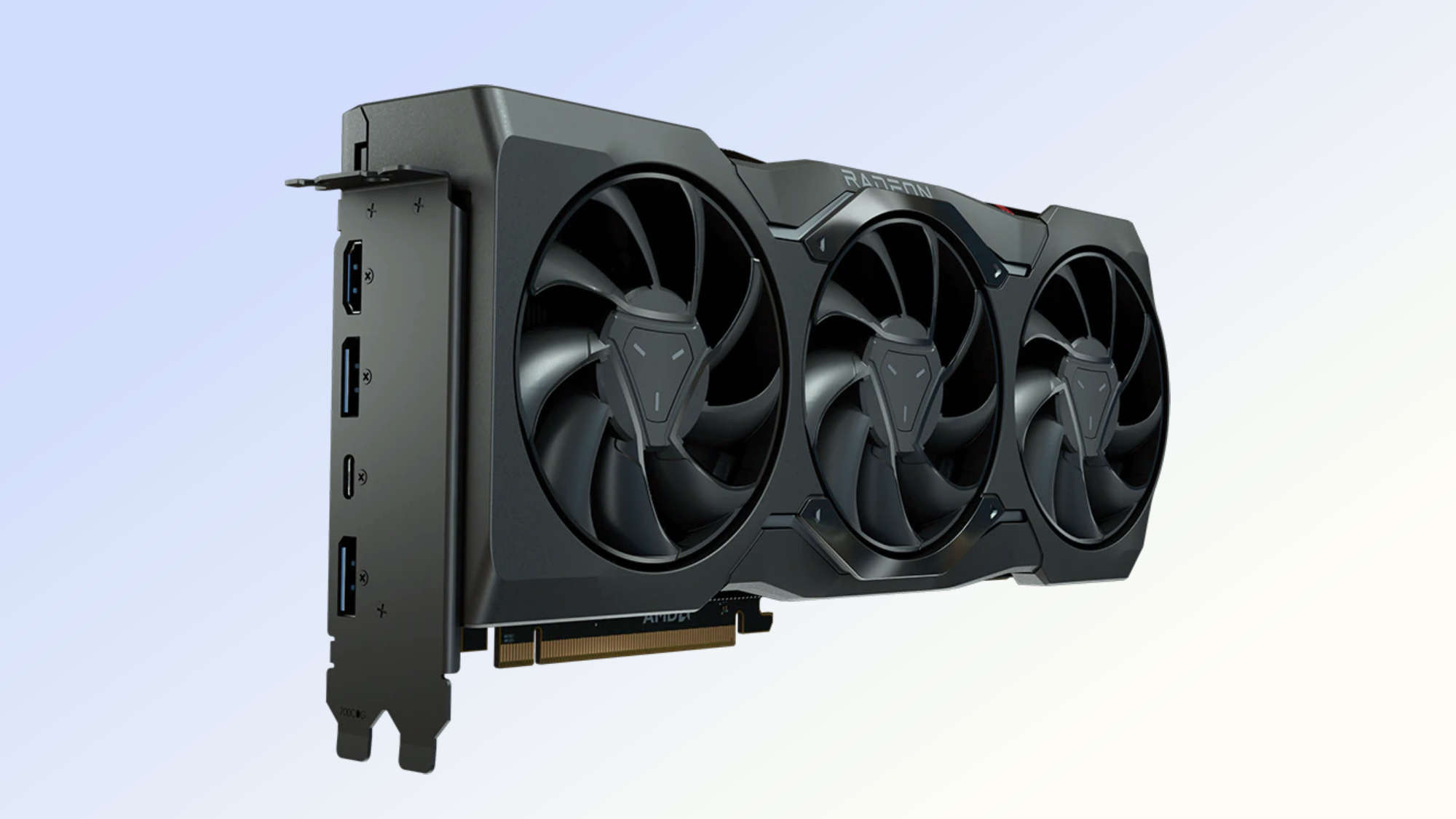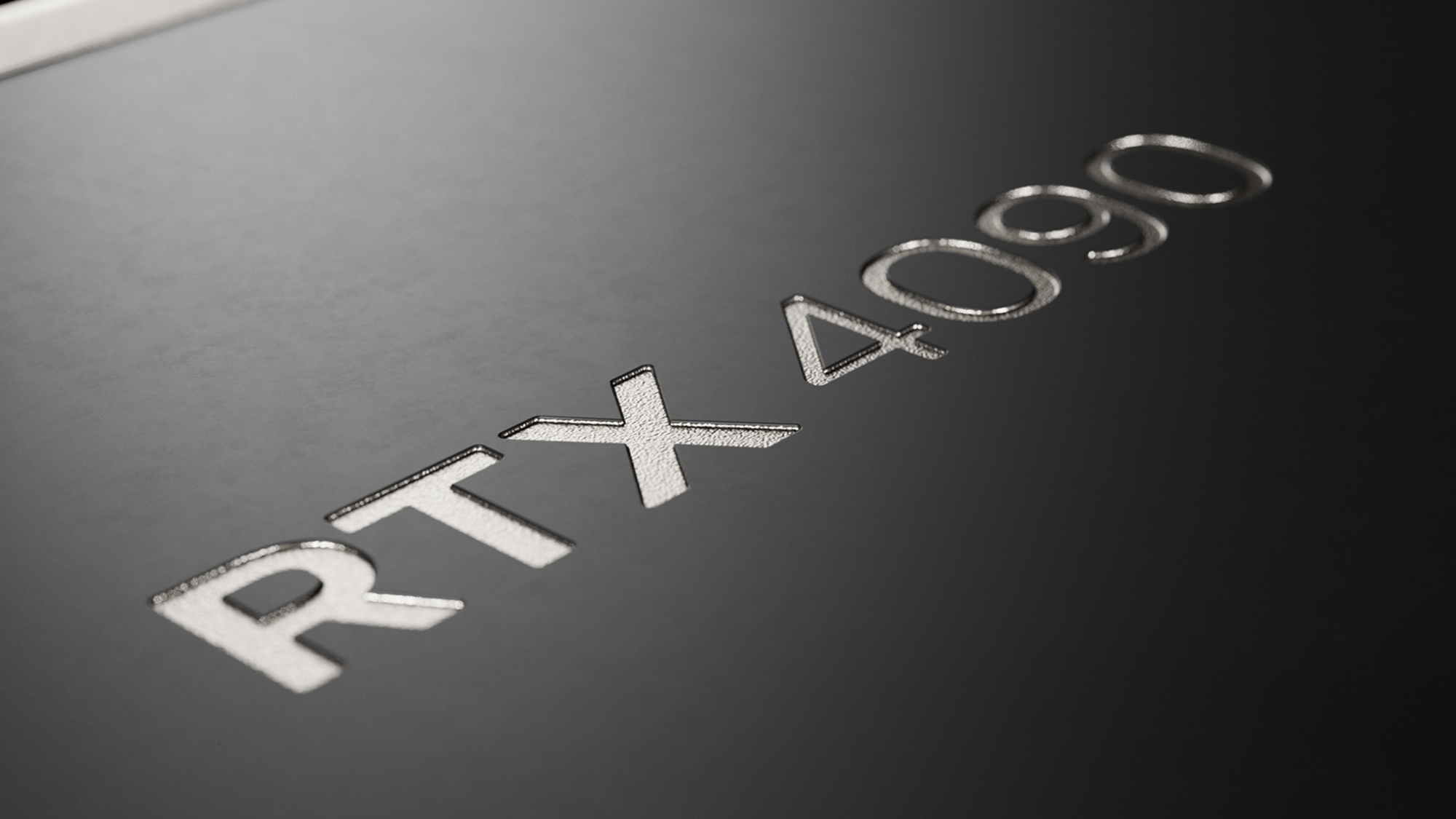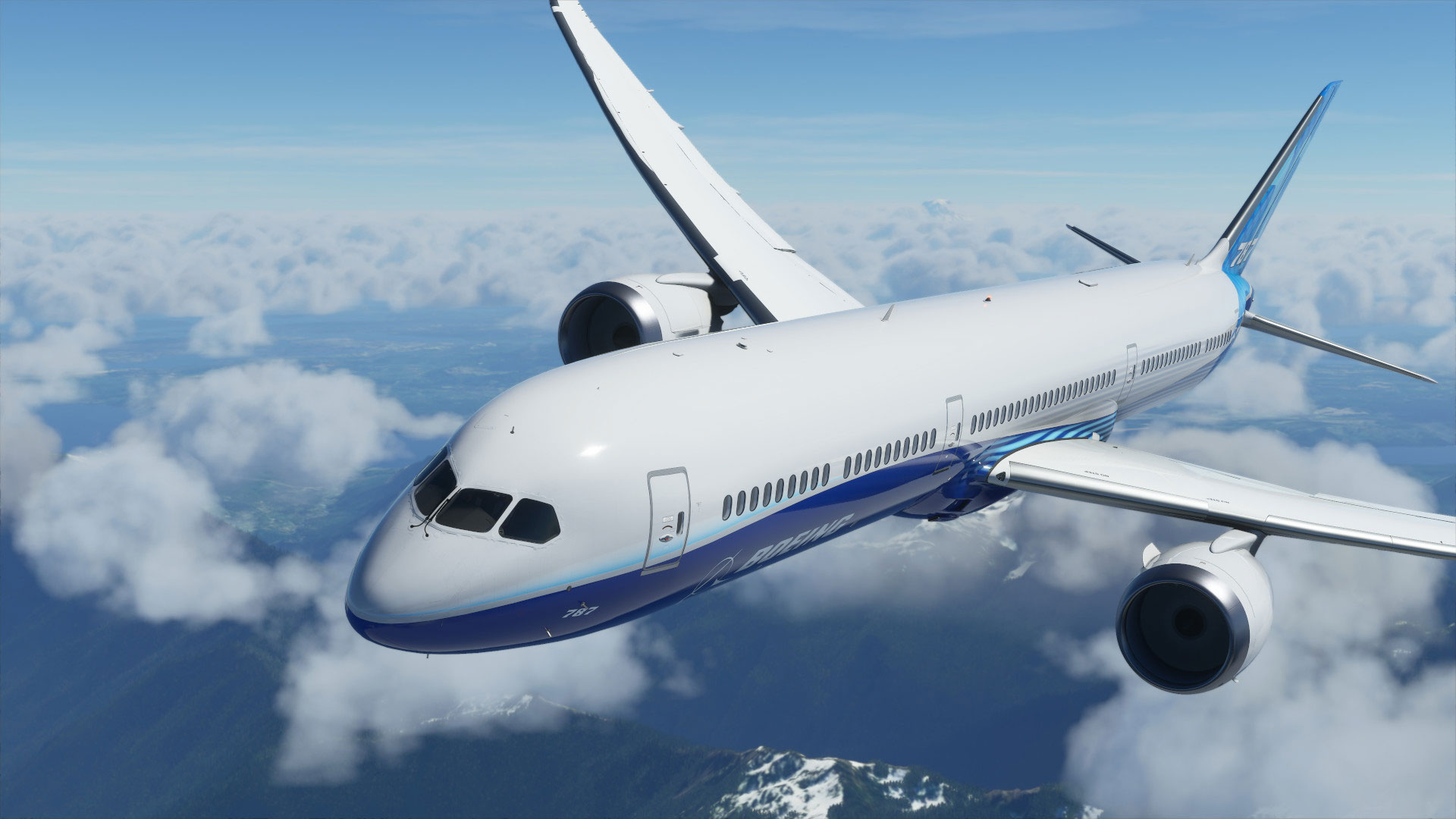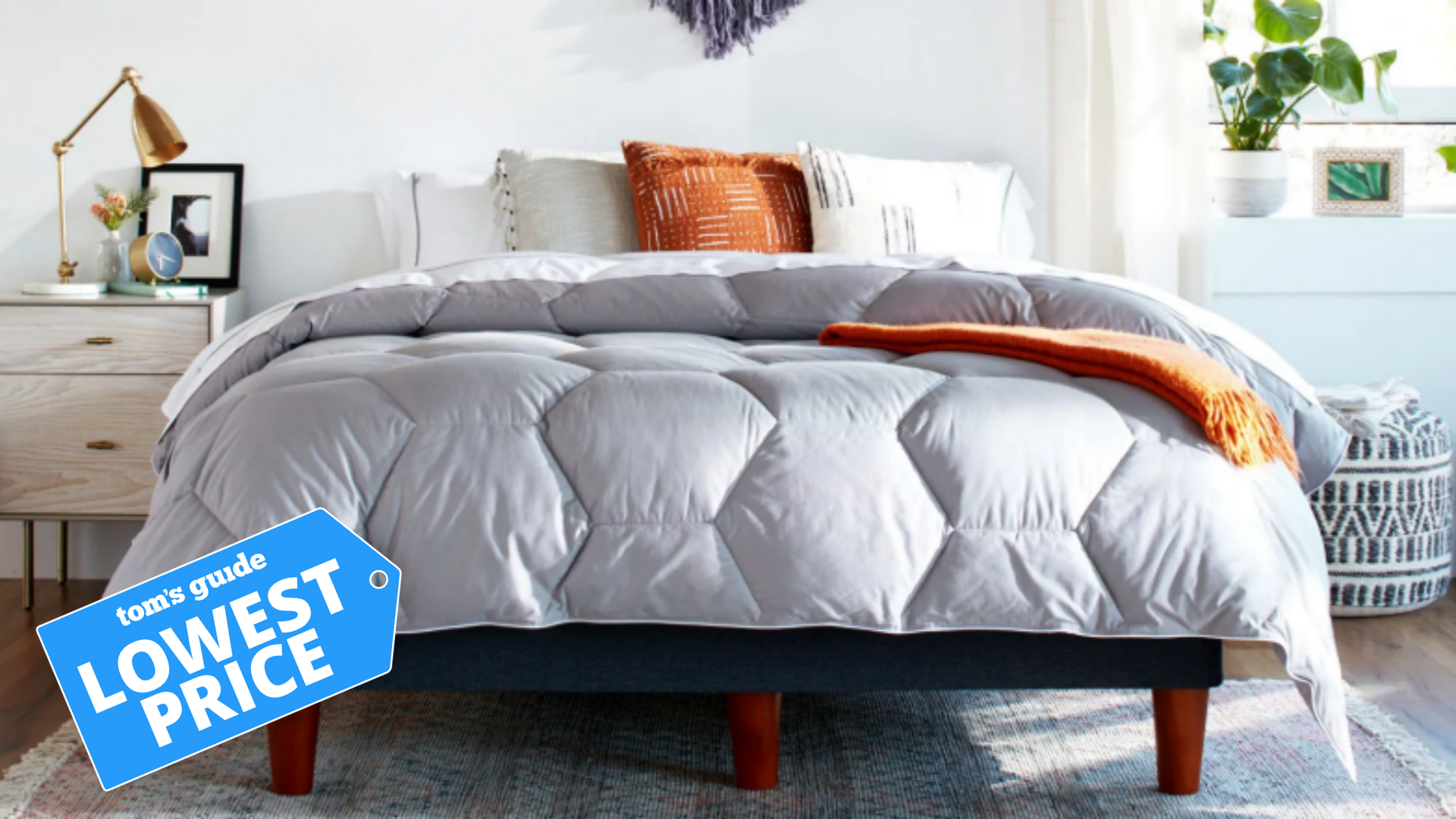AMD Radeon RX 7000 vs Nvidia RTX 40 series: Which GPU wins?

The AMD Radeon RX 7900 XT and 7900 XTX are here. Built on the company’s new RDNA 3 architecture, AMD’s current-gen graphics cards deliver comparable performance to Nvidia’s offerings. Not only that, but both GPUs cost hundreds of dollars less in comparison. They'd rest comfortably inside the best gaming PCs.
Price alone might make AMD's GPUs more appealing to some folks. However, there are other important factors worth considering. Are you willing to sacrifice certain features to save money, or are you comfortable spending big for a GPU with a bunch of proverbial bells and whistles?
Below, we’ll compare the AMD Radeon RX 7900 and Nvidia GeForce RTX 40-series GPUs and try to determine an overall winner.
AMD Radeon RX 7000 vs Nvidia RTX 40 series: Price
Generally speaking, AMD’s GPUs (and CPUs) are easier on the wallet than its competitors. The same holds true for its Radeon RX 7000 graphics cards.
The top-of-the-line Radeon RX 7900 XTX costs $999 while the less powerful Radeon RX 7900 XT comes in at $899. This is a price hike from the previous generation, as the Radeon RX 6900 XT cost $679 while the more powerful 6950 XT sold for $849.

While AMD has a reputation for releasing relatively affordable components, Nvidia is known for releasing premium-priced GPUs. This is the case with the company’s RTX 40 series.
The Nvidia GeForce RTX 4080 has a $1,199 price tag, while the beefier RTX 4090 has a starting price of $1,599. These cards also see a price hike from their predecessors — the RTX 3080 and RTX 3090, which were priced at $699 and $1,499 (respectively) at launch.
Get instant access to breaking news, the hottest reviews, great deals and helpful tips.
Price-wise, AMD’s Radeon GPUs are the clear winner compared to Nvidia. Only the Intel Arc A750 ($289) and Intel Arc A770 ($329) cost less.
AMD Radeon RX 7000 vs Nvidia RTX 40 series: Specs
| Row 0 - Cell 0 | AMD Radeon RX 7900 XT | AMD Radeon RX 7900 XTX | Nvidia RTX 4090 | Nvidia RTX 4080 |
| Price | $899 | $999 | $1,599 | $1,199 |
| Compute units | 84 | 96 | N/A | N/A |
| Ray accelerators | 84 | 96 | N/A | N/A |
| Game frequency | 2000 MHz | 2300 MHz | N/A | N/A |
| Infinity Cache | 80 | 96 | N/A | N/A |
| Max memory size | 20GB GDDR6 | 24GB GDDR6 | 24GB GDDR6X | 16GB GDDR6X |
The Radeon RX 7900 XT and 7900 XTX are the first AMD GPUs built on the company's new RDNA 3 architecture. What's perhaps more intriguing is that these are the first AMD GPUs to feature a chiplet design, something competitors Intel and Nvidia have not (yet) attempted. AMD is more familiar with the technology, having already employed it in the design of its new Ryzen 7000 CPUs.
Understanding how chiplet GPUs differ, performance-wise, from more traditional GPU designs is a complicated topic. Our sibling site Tom's Hardware has an excellent in-depth interview with AMD's Sam Naffziger about entering the GPU chiplet era and what it means for the industry. For simplicity’s sake, chiplet designs let AMD stack individual self-contained "chiplets" tightly together in configurations that are potentially more powerful and power-efficient than a processor on a single piece of silicon.

According to Nvidia, the RTX 4090 with DLSS 3 is up to four times faster compared to last generation’s RTX 3090 Ti with DLSS 2. It's also up to two times faster in modern games while maintaining the same 450W power consumption. This GPU features 76 billion transistors, 16,384 CUDA cores and 24GB of high-speed Micron GDDR6X memory. It’s capable of consistently delivering over 100 frames per second at 4K resolution gaming, according to Nvidia.
The RTX 4080 has 9,728 CUDA cores and 16GB of the aforementioned high-speed Micron GDDR6X memory. With DLSS 3, Nvidia claims the card is twice as fast in modern games as the GeForce RTX 3080 Ti and more powerful than the GeForce RTX 3090 Ti at lower power.
Comparing the company’s graphics cards isn’t exactly straightforward. For example, the RX 7900 XTX has 24GB of VRAM (memory) compared to the RTX 4080’s 16GB. With that said, the latter uses speedier GDDR6X memory. Because of that, the two GPUs are effectively on-par in terms of balanced bus width and speed for gaming. But for applications that use a lot of VRAM, the RX 7900 XTX might prove more beneficial.
AMD Radeon RX 7000 vs Nvidia RTX 40 series: Performance
Sibling website Tom’s Hardware reviewed AMD and Nvidia’s latest cards. We’ll use their benchmark results to compare the GPUs.
For its 4K gaming benchmark (which tested nine titles), the site found that the RTX 4090 Founder’s Edition averaged a 55% improvement over the last-gen RTX 3090 Ti. There’s a 71% uplift compared to the RTX 3090 and a 77% improvement over the RTX 3080 Ti.
Tom’s Guide noted that the 55% average includes games like Microsoft Flight Simulator, which is still hitting CPU bottlenecks. The RTX 4090 maintained performance when going from 1080p Ultra to 1440p Ultra to 4K Ultra.
In its RTX 4080 review, Tom’s Hardware wrote that the GPU delivers 78% of the RTX 4090’s performance for 75% of the price. It’s also 21% faster than the RTX 3090 Ti and 51% faster than the RTX 3080. Compared to the RTX 3080 Ti it’s meant to replace, the RTX 4080 is 38% faster.

In Tom’s Hardware's rasterization benchmark suite, which tests games with ray tracing disabled, the site found that the RX 7900 XTX won against the RTX 4080 in five out of nine games tested in 4K — with a general lead of 3.7%. You can see the results of individual game titles in the site’s AMD Radeon RX 7900 XTX and XT review.
The RX 7900 XTX offers a 39% improvement over the last-gen RX 6950 XT. Results ranged from 22% in Forza Horizon 5 to 52% in Flight Simulator and Total War: Warhammer 3. AMD’s GPU is also 22% faster than the RTX 3090 Ti when playing games in 4K.
AMD’s RX 7900 cards look good in 4K games with ray tracing disabled. However, the GPUs struggle when ray tracing is turned on. The beefier XTX barely managed to average 30 frames per second on Tom’s Hardware’s test suite, for example.

The 7900 XTX falls behind the RTX 4080 by 27%. The 7900 XT falls even further behind by 37%. The RTX 4090 is nearly twice as fast as the 7900 XTX in Tom’s Hardware’s 4K tests and 125% faster than the 7900 XT. This is without DLSS or any other form of upscaling.
Compared to last gen, the RX 7900 XT is over 30% faster than the 6950 XT. The 7900 XTX has an impressive 50% lead over its predecessor. However, in the rasterization suite, the RX 7900 XTX couldn’t surpass the RTX 3090 Ti. Tom’s Hardware believes the GPU would likely tie the RTX 3090 in overall ray tracing performance.
AMD Radeon RX 7000 vs Nvidia RTX 40 series: Which GPU wins?
Choosing between AMD Radeon RX and Nvidia RTX 40 series GPUs ultimately comes down to personal preference. If you don’t care about ray tracing or can’t justify paying over $1,000 for a graphics card, the Radeon 7000 GPUs are your best bet. And though most games are optimized for Nvidia cards, the new AMD GPUs should be able to run the majority of modern titles just fine.
Conversely, you should opt for an Nvidia RTX 40 series GPU if you want a powerful graphics card with features like ray tracing and DLSS. Useful applications like GeForce Experience which optimizes individual titles and easily installs driver updates are also a bonus. Sure, Nvidia’s GPUs command a premium, but their prices are arguably worth it. In that sense, Nvidia cards are still the ones to beat. With that said, it's possible that Nvidia is cruising for a bruising in 2023.

Tony is a computing writer at Tom’s Guide covering laptops, tablets, Windows, and iOS. During his off-hours, Tony enjoys reading comic books, playing video games, reading speculative fiction novels, and spending too much time on X/Twitter. His non-nerdy pursuits involve attending Hard Rock/Heavy Metal concerts and going to NYC bars with friends and colleagues. His work has appeared in publications such as Laptop Mag, PC Mag, and various independent gaming sites.
